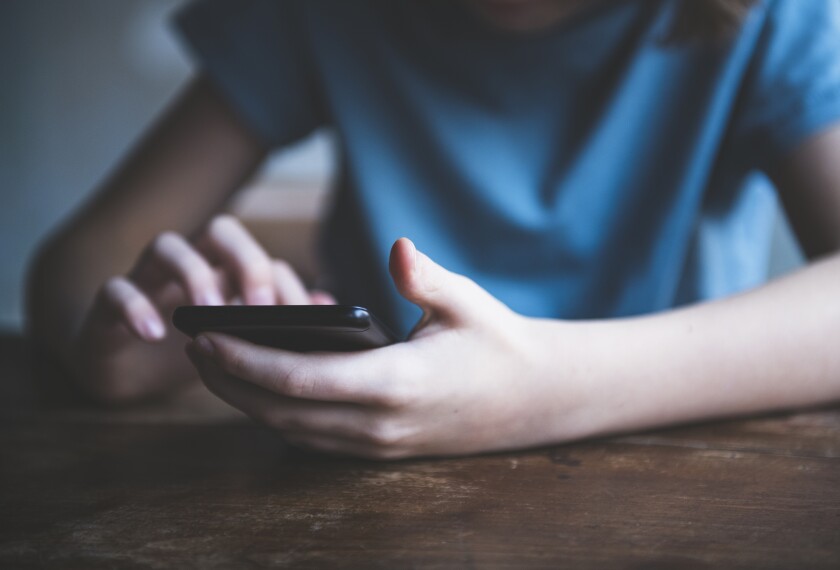Table of Contents
Social media be full up with all kind a bogus health claims wey no safe fi believe. From miracle cures to detox teas, people deh spread false information like wildfire. But if students get some proper health education, dem go fit learn how fi vet these claims and protect themselves.
Health Education: Di Key to Spotting Fake News
One big problem with social media na say anybody can post anything without any form of regulation or fact-checking. Dis mean plenty fake news deh circulate freely pon di internet, including dangerous health advice. But if students attend health class, dem go gain di tools fi spot dis fake news from a mile away.
In health class, students go learn about reliable sources and credible research methods. Dem go understand say not every website or influencer fit provide accurate information about health matters. Instead, dem go know fi look out for reputable medical journals and trusted healthcare professionals when searching for reliable facts.
Besides dat, students also need fi develop critical thinking skills wey help dem analyze di information dem see online critically. Dem must ask questions like “Who be di source?” and “What evidence support dis claim?” By doing so, dem fit separate di truth from di lies and make informed decisions about their own well-being.
The Power of Fact-Checking in Health Class
Anoda important aspect of health education na teaching students how fi fact-check what dem read online before accepting it as gospel truth. In today’s digital age where misinformation spread faster than bush fire, knowing how to verify information become crucial survival skill.
In health class, teachers can guide students through practical exercises on fact-checking techniques such as cross-referencing information, verifying sources, and looking for scientific consensus. Dem go learn fi use reliable fact-checking websites wey specialize in debunking health myths and exposing false claims.
By equipping students with these skills, health class fit empower dem to become responsible digital citizens who no deh fall victim to di dangers of misinformation. Dem go know say before sharing or acting on any health advice dem see online, dem must first verify di accuracy of di information.
Conclusion: Health Class Fit Save Lives
Social media na powerful tool wey fit either help or harm people’s well-being. But without proper education on how fi navigate dis digital landscape safely, many individuals go continue to fall prey to unsafe health claims pon social media platforms.
If students get access to comprehensive health education wey teach dem how fi vet information and spot fake news, dem go deh better equipped fi protect themselves from potential harm. Health class fit give students di tools necessary fi make informed decisions about their own health and well-being.
We must recognize the importance of investing in quality health education so dat our young ones can grow up knowing how fi separate fact from fiction when it comes to matters concerning their precious lives. Only den we go truly combat di spread of unsafe health claims pon social media and create a safer online environment for all.


